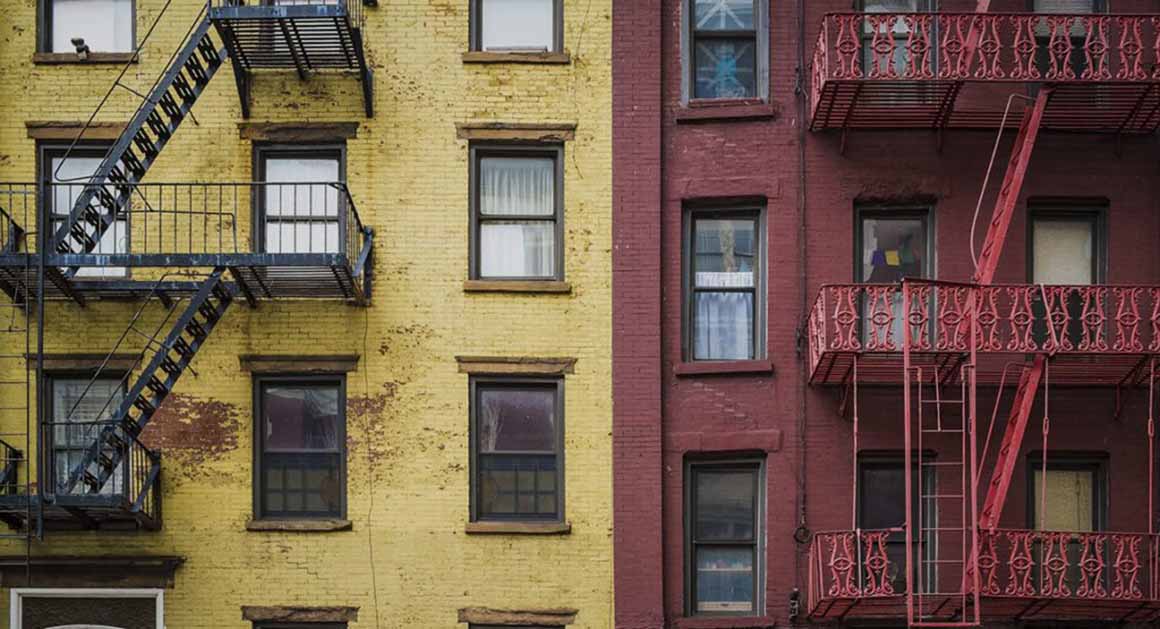Contrary to this lofty goal, the remedial effects of the law have been elusive.
This fact could not be clearer when this past week a Bronx jury returned a stunning 57 million dollar verdict in a case against the New York City Housing Authority finding that this municipal agency of the City of New York was negligent in failing to inspect for the hazards of lead paint and maintaining the apartment free of lead hazards, and that such negligence caused the lead poisoning of a child who was a resident in their apartment.
How could the New York City Council have been so dismally wrong in their projected date for curing the ills of lead poisoning in New York City?
There are many reasons. To analyze this properly, let’s look at one feature of the law which was intended to be a primary mechanism designed to stamp out lead poisoning in New York City.
The Turnover Provision
This provision of Local Law #1 appears to be one of the most potent tools in eradicating lead poisoning in New York City. The law defines a turnover as the “occupancy of a dwelling unit subsequent to the termination of a tenancy and the vacatur by a prior tenant of such dwelling unit.” In other words, when a tenant moves out, the owner’s actions in preparing the apartment for the new tenant is called the “turnover” and governed by this section of the law.
The law provides that the owner of any dwelling built before January 1, 1960, in which neither the owner or his family lives in the building, must upon the turnover of any dwelling remediate all lead based paint hazards and any underlying defects when such defects exist.
It also requires the landlord to make all bare floors, window sills, and window wells smooth and cleanable. The owner must remove or permanently cover all lead based paint on all friction surfaces on all doors and door frames and remove or permanently cover all lead based paint on all windows or alternatively provide for the installation of replacement windows channels or slides on all lead based painted friction surfaces on all windows.
The law is not limited to the protection of children less than 6 years of age. It imposes a duty that should inure to the benefit of all persons exposed to lead paint hazards and is neither limited to the tenants themselves or children. Failure to comply with this statutory duty should result in the imposition of liability for injury to any person irrespective of age or tenancy who may be injured by this violation. It should also make the owner subject to violations for Class C immediate hazardous conditions in their apartments.
This section of the law was one of the chief mechanisms which were envisioned by the City Council to end lead poisoning in New York City.
A close examination of the statutory language reveals that the provision applies to all New York City apartments and is not limited to multiple dwellings of three (3) family housing or more. The protections inure to the benefit of children and adults alike. This is a unique aspect to this provision as compared to other section of Local Law #1 of 2004 which in most cases limit protections to children less than six years of age and who reside in multiple dwellings.
Obviously, violation of duties owed to a child less than six may in cases impose liability for other visitors and inhabitants. But this provision is broad and intended to cast a protective shield that could eradicate lead poisoning in New York City over time. It also imposes a duty that should result in liability to the owner who violates the mandate provided by this law.
Municipal enforcement agencies such as the New York City Building Department and the Department of Housing Preservation and Development as well as New York City lead poisoning lawyers should seek to enforce such provisions both by the municipal enforcement measures provided by law and by utilizing this section of the law in order to remediate the wrongful violation of this law.
When an owner violates this law and it causes personal injury to others including the tenants, their families and visitors, lawyers should be ready to separately plead and prove the violation of this section. Often, upon investigation, the environmental findings of the Department of Health will reveal persistent lead paint hazards within the very surfaces which were required by this law to have been permanently removed before the tenant moved into the dwelling.
Had this section been actively enforced and utilized since enactment, it is indeed possible that the purposes of Local Law #1 of 2004 would have been already fulfilled. The use and enforcement of this section by HPD and lead poisoning lawyers in New York City should aid in bringing about the projected remedial effects of this legislation.
We welcome your legal questions for topically relevant articles in the future. Feel free to compose a question – it may be addressed in future articles. Email Question
Free Case Evaluation
Fill Out The Form Below To Find Out If You Have A Case.
Thank you for contacting us. One of our colleagues will get back to you shortly.



